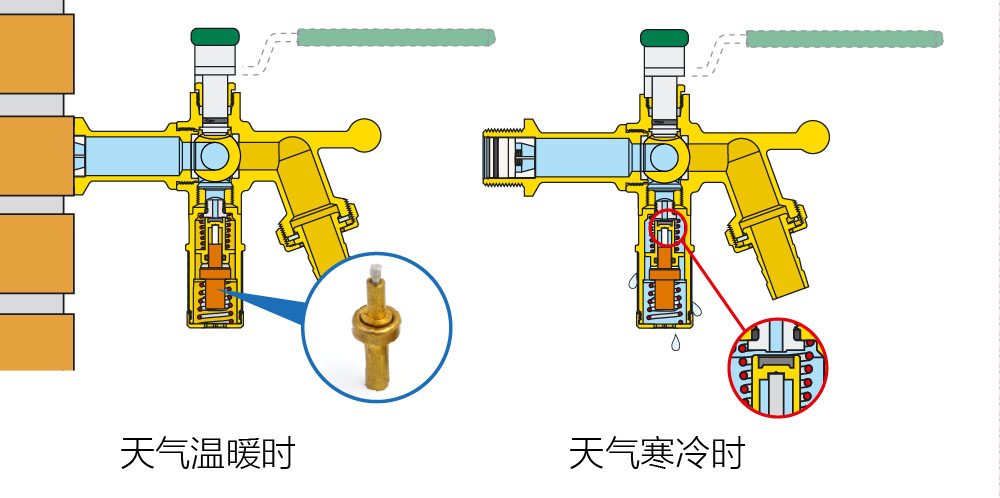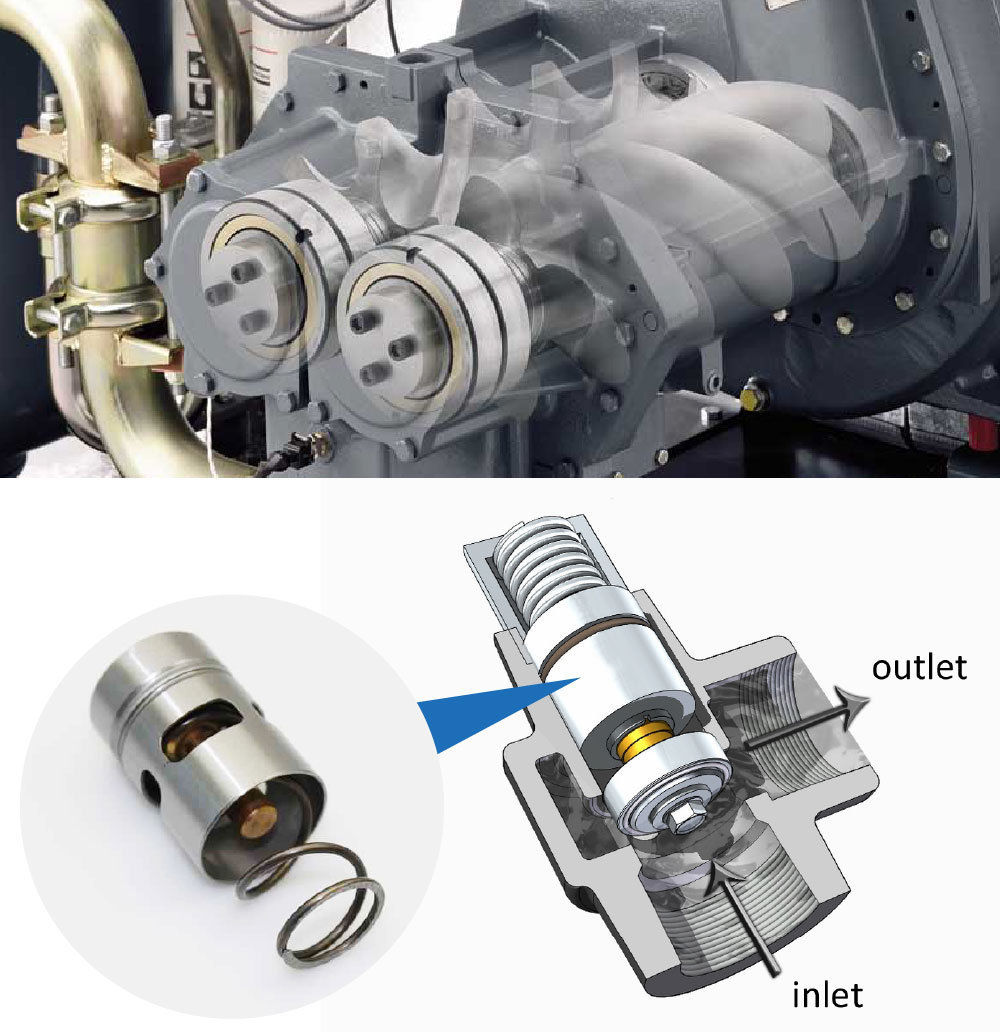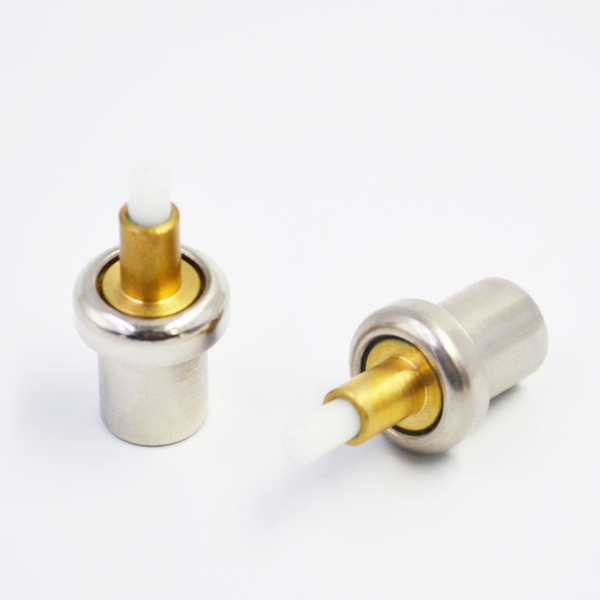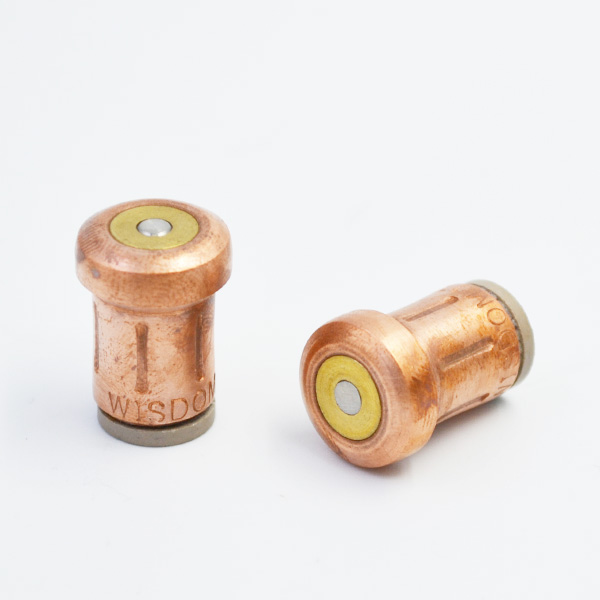“Principles and Applications of Microcontrollers” is a practical and applied course, but in the process of teaching, due to the simplicity of traditional teaching mode and the emphasis on theoretical teaching, this course lacks the necessary practical learning. Through the reform of classroom teaching methods and experimental teaching system, this paper stimulates students’interest in learning and improves their practical ability. The goal of this project is to improve students’interest and enthusiasm in learning by reforming teaching methods, and make the course content more in line with the actual engineering needs of the specialty. By using virtual embedded experimental platform as a useful supplement to the physical experiment box, thermostatic element the cost and difficulty of the embedded system software and hardware design experiments can be greatly reduced and eased.
In order to improve the teaching effect comprehensively, we should strengthen the proportion of experiments in the course so that students can learn, practice and participate in online discussion at any time and anywhere. In order to achieve the above objectives, the research contents of this project are divided into two parts, namely, classroom teaching reform based on in-class demonstration experiment and “Question-Enlightenment” teaching method of “Principles and Applications of Microcontrollers” and the establishment of multi-level experimental system based on virtual embedded system experimental platform. This reform is mainly devoted to solving the following teaching problems. Reform the traditional, single, teacher-led teaching method, passive reception of students, try to effectively stimulate students’interest and initiative, creativity, and strengthen the interaction between teachers and students. The reform of traditional classroom teaching lays particular stress on theoretical explanation and single teaching means. In view of the strong practicality of embedded system, based on virtual experiment platform, the practice is suitable for embedded system classroom teaching tools, demonstration experiments and a variety of teaching methods. Reform of the current curriculum experimental class hours are on the low side, the content of the experimental class is lack of flexibility, experimental venues, equipment tense situation. Effective learning of embedded system course focuses on hands-on practice. After learning the necessary theoretical knowledge, a large number of class hours are needed for practical operation. However, due to the limitation of class hours and experimental equipment, the existing curriculum is limited to practical operation, which makes it impossible for students to carry out experiments anytime and anywhere. However, the structure of the experimental box is fixed and the resources are limited. It is only suitable for verifying experiments. Students operate mechanically according to the experimental steps, and their subjective initiative and creativity can not be effectively brought into play. Lack of comprehensive use of knowledge to solve practical problems.

In order to promote students’autonomous learning, the “problem-heuristic” teaching mode is adopted to reform the existing teaching methods. For the core content to be explained, the design can arouse students’interest, and students have a series of preliminary ideas.
The setting of problem situations should not only be used in the stage of introducing teaching content, but also be a continuous process with the development of teaching process. By carefully designing the problem situation and constantly stimulating learning motivation, students are often in an “exciting” state, providing students with learning objectives and thinking space, making it possible for students to learn independently.

Take student discussion as the main body, teacher guidance, gradually expand the problem, clear up the context of knowledge.
The reasonable setting of the above-mentioned situation can stimulate students to analyze and think actively and seek answers. However, students’knowledge level and thinking ability are limited, especially the new knowledge is still blank. At this time, teachers need to take an inspiring way to analyze the problem, help students to clear up the context of knowledge, in the process of gradually developing the problem, let students take the initiative and actively accept knowledge driven by the problem. The basic ideas and methods are to enable students to put forward problems scientifically, explore problems and solve problems creatively in their future work. Embedded system course is a practical and applied course. Only by establishing a perfect experimental teaching system can students with real hands-on ability be trained. This project makes full use of the powerful function of Proteus virtual experiment platform, changes the simple verification experiment method, pays more attention to the comprehensive design and innovative experiment; increases the peripheral hardware design experiment of processor appropriately, so that students can better connect the software and hardware design experiment of embedded system; establishes multi-level, progressive delivery. The advanced experimental teaching system, combined with the knowledge of many specialized courses, ultimately achieves the goal of cultivating students’comprehensive application and innovation ability. In addition, our experimental system also includes the development of classroom demonstration experiment as a strong support for the reform of “problem-heuristic” teaching method. Based on Proteus platform, demonstration experiments closely related to course contents are developed. Key signals or typical faults are recorded and demonstrated by virtual logic analyzer and oscilloscope in the course of the experiment, in order to elicit problems, explore solutions, verify the effect of the scheme implementation, and discuss in the practice of “problem-heuristic” classroom teaching reform. Improvement direction. The specific research work is shown in the right figure. The system includes basic, comprehensive and innovative experimental projects. Among them, the basic experiment is a compulsory project for students, which is interpenetrated in the course according to the content of classroom teaching; the comprehensive project is designed as a course assignment, which is completed by students in groups; the innovative experiment project has a large workload, which is completed by students who have strong interest in embedded system and have enough learning power to cooperate or independently. The main achievement of this educational reform is that the curriculum assessment reflects the requirements for students’design ability. The main measures are to reduce the proportion of written test scores and increase the proportion of comprehensive design experiment scores in the curriculum assessment. In addition, students are required to elaborate on the key issues of the technical part in order to exercise their technical communication ability and eliminate the phenomenon of “fishing in muddy water” in the cooperative completion of the topic. In the specific implementation, the course assessment is carried out independently in two parts: theoretical assessment and practical assessment. The theoretical examination is a traditional written examination, which is mainly used to test the students’mastery of the basic knowledge of embedded system, and the practical results mainly test the completion of the large homework and the experiment box.
The ratios of contribution are 50% each.

Through teaching practice, students’interest in learning has been greatly improved, and they can actively and actively analyze problems, think about problems and discuss solutions based on the phenomena of classroom experiments in combination with the “problem-heuristic” teaching method.
The class rate has been significantly increased to over 95%. After class, students can actively complete basic experiments according to the experimental guidance book.

And comprehensive course assignments. Students generally reflect that after one semester of study, they have a solid grasp of the basic knowledge of embedded systems. Especially, the use of virtual experiment platform reduces the cost of software and hardware for embedded system experiments, and greatly increases the experimental time.

Through a large number of experiments, students have mastered the methods and skills of embedded system development software and hardware design and debugging.
